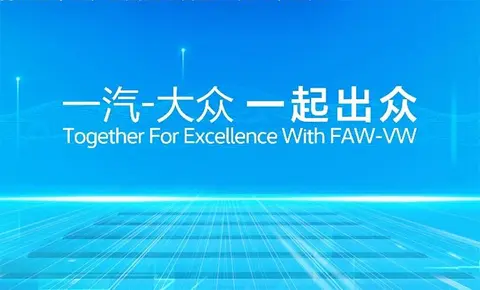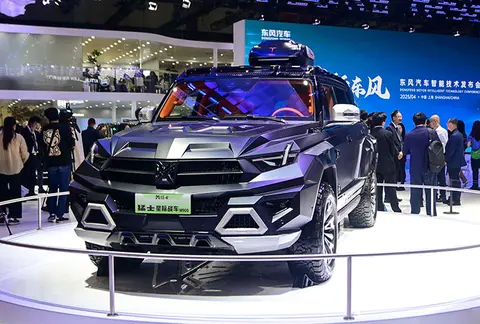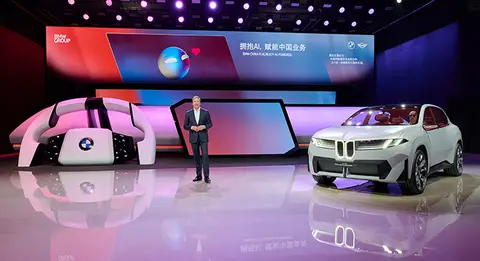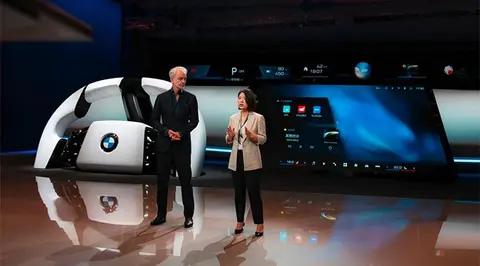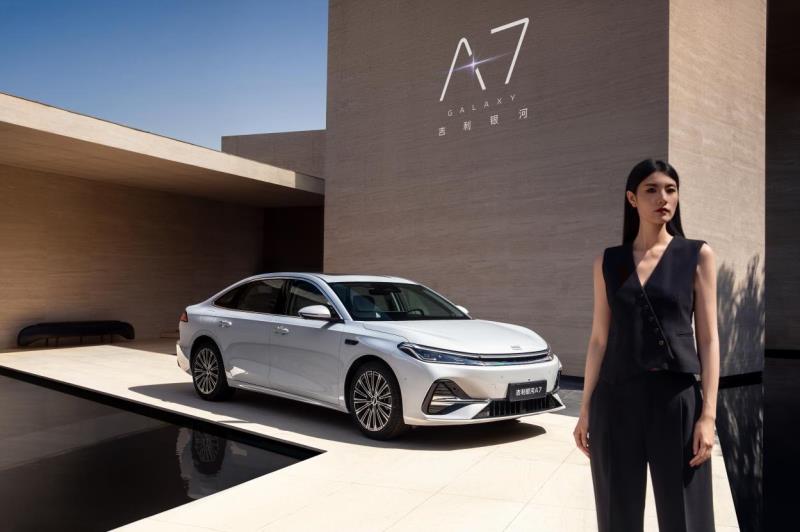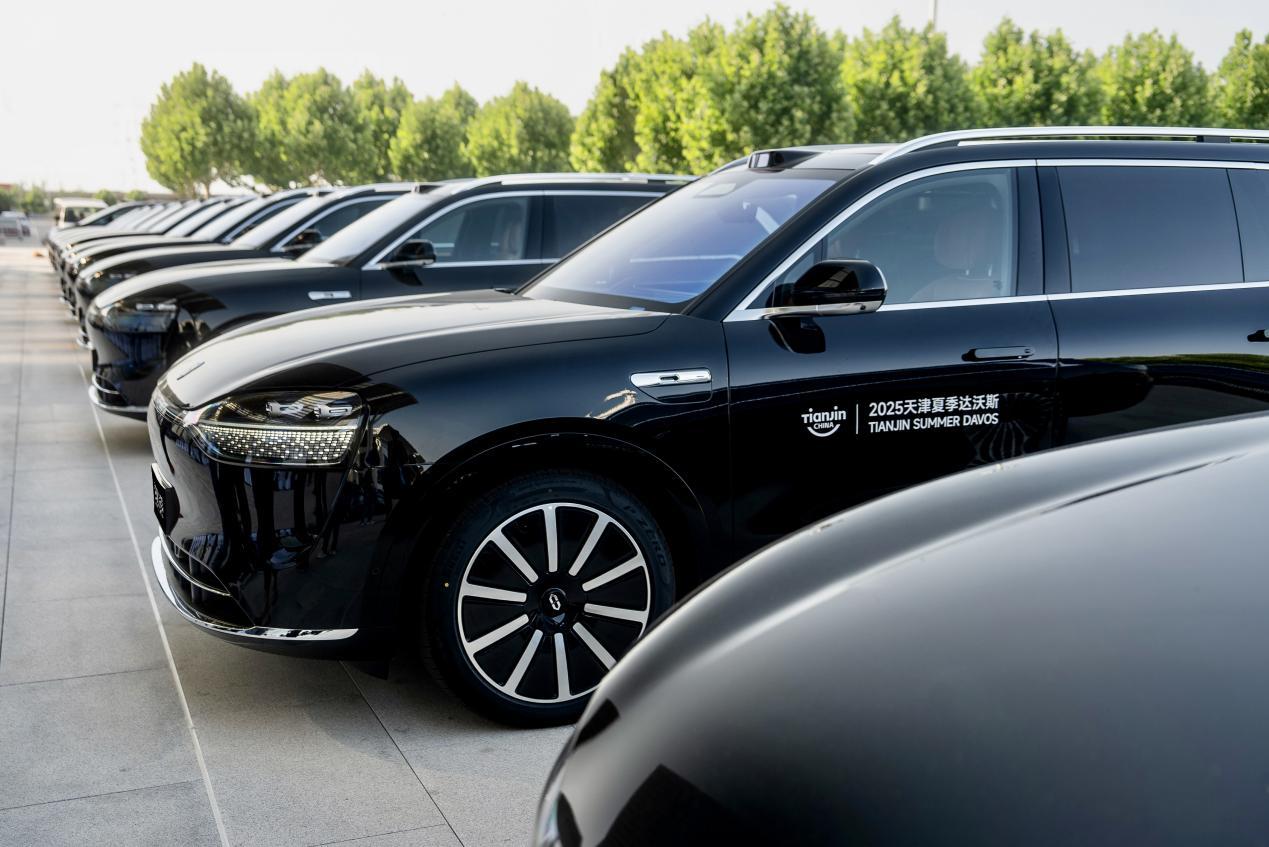Reviews
China Plans Second Phase of Vehicle Trade-In Subsidy Policy

On June 18, the Guangxi Autonomous Region Department of Commerce issued a notice titled "Suspension of the 2025 Guangxi Consumer Goods Trade-In Subsidy Program." Recently, several other regions, including Zhengzhou and Luoyang in Henan Province, Xinjiang, Shenyang in Liaoning Province, and Chongqing, announced the suspension of applications for vehicle trade-in subsidies, sparking widespread attention on social media.

The reasons for pausing vehicle trade-in subsidy programs vary across regions. These include exhausted funds, system upgrades, or preparation for a new round of subsidy policies. The Chongqing Municipal Commerce Commission explained on its official website that it is currently drafting the second phase of the vehicle trade-in subsidy policy. Similarly, a representative from Guangdong Province's Department of Commerce clarified that Guangdong will not prematurely end its trade-in program. Instead, some cities have temporarily halted issuing vouchers due to system upgrades and interim evaluations.
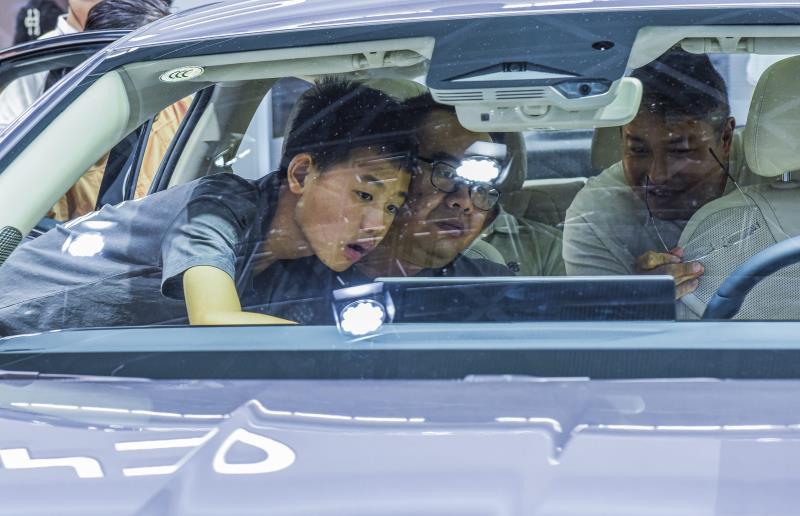
According to the People’s Daily, the central government has allocated a total of ¥300 billion ($41.81 billion) in long-term special bonds this year to support consumer goods trade-in programs, including vehicle purchases. This funding amount is fixed. To ensure sustainable and orderly use of these funds, the ¥300 billion ($41.81 billion) will be distributed to local governments in phases throughout the year.
The funds are "allocated in blocks" to different regions, considering factors such as local population size, GDP, existing vehicle and appliance ownership, and the effectiveness of 2024 trade-in policies. Regions that performed well in executing last year’s trade-in initiatives will receive preferential allocations.
So far, two batches of funds totaling ¥162 billion ($22.57 billion) have been distributed in January and April to support consumer goods trade-in programs in the first and second quarters of the year. An additional ¥138 billion ($19.23 billion) will be allocated in phases during the third and fourth quarters. Local governments are also expected to provide matching funds and arrange additional resources, ensuring the "national subsidy" continues to benefit consumers.
Data from the Ministry of Commerce shows that as of May 31, 4.12 million applications for vehicle trade-in subsidies have been submitted. According to the Passenger Car Association, May alone saw 1.23 million applications, a 13% increase compared to April. Approximately 70% of these subsidies benefited private vehicle buyers, while the proportion of first-time private vehicle buyers dropped to around 30%.

